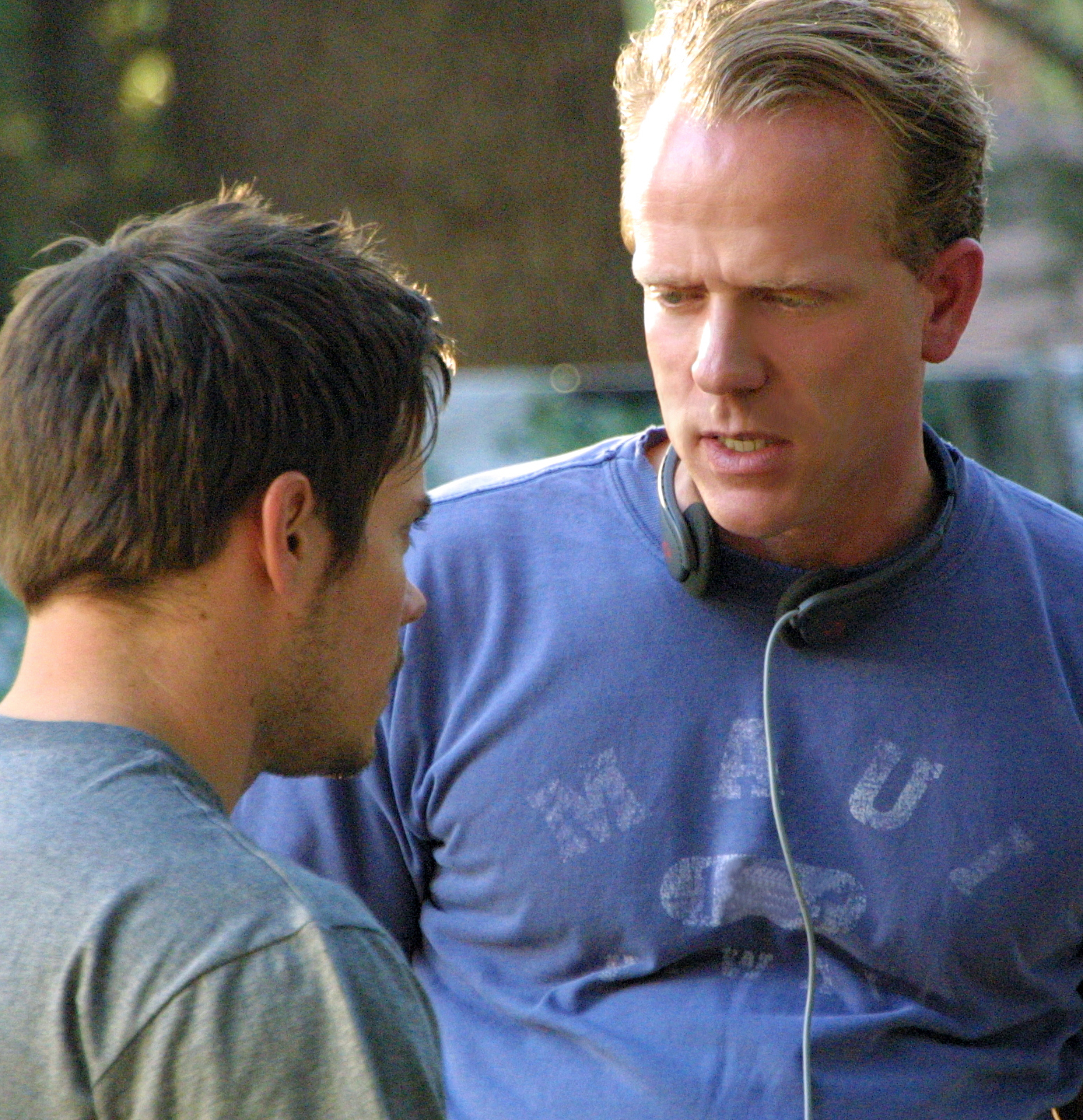Antoni Stutz

An Introduction by American Art Critic
Peter Frank

We don't think of Pop art, in the 1960s or now, as a contemplative idiom. It seems to make instant icons out of disposable images, and thus to mirror an accelerated condition of vacuous consumption. In fact, while doing precisely that on one level, Pop's iconizing process is an aestheticizing one, ultimately no different in effect than earlier artists' focus on, say, still life subjects, or interiors, or the conventions (particular to their eras) or portraiture. Finally, Pop describes a slow tracking shot over the fast lane - and, while focusing on some of the fastest lanes in America (and elsewhere), Antoni Stutz slows down our attention by drawing us back from the gutter.
“Stutz’ geometric formulations, it should noted, honor the cubist heritage of modern art…”
Call it a receding pan, as Stutz might were he making one of his films rather than one of his photo-based artworks - but a receding pan not of optical but visceral sensation. The abstracting devices Stutz introduces into his panels cooperate with the almost decorous repetition to which he subjects his photographic apparitions to determine aggressive but graceful structures that at once amplify the intensity of the original images and stylize them into nearly abstract designs. Nowhere does Stutz lose sight of what he has seen initially with his still camera: the sweep of the Arizona desert seen from a rushing train, the confluence of ancient and modern traces in Rome, the grit and comedy of on-the-street Hollywood, all still resonate throughout the emblem-like compositions. Such geometric formulations, it should noted, honor the cubist heritage of modern art - earlier manifested no less in Pop than in constructivism or minimalism - by which the artists of the last century were able to speed up and at the same time slow down our regard for things.
"Nowhere does Stutz lose sight of what he has seen initially with his still camera."
Note, though, that Stutz is not working with things as such, he's working with images, with conditions, with spaces and situations and events. A police car, a hotel door tag, a shadow cast across a rock, these do not function as objects or even symbols; they function as elements or receptacles of atmosphere. These are not modern, or post-modern, still lifes in the Pop mode, they are Pop landscapes. They invite us not to decipfer them but to situate ourselves in their midst. there is no one-to-one relationship of viewer to subject matter, as there was in '60s American Pop. Rather, Stutz maintains a European tradition of limning the Pop context by drawing out the inherent complexities of initially, deceptively "simple" images.
"Stutz maintains a European tradition of limning the Pop context by drawing out the inherent complexities of initially, deceptively 'simple' images."
Antoni Stutz, born in Germany to Swiss parents, has lived his whole adult life in the United States. For much of that time he has worked in the American film industry. By now he inherits two worldviews, one characterizing each side of the Atlantic. Stutz looks at America with European eyes, but comprehends the American hermeneutic that pertains between artist, artwork, and viewer. This hermeneutic is a discourse, for better or worse, of commence, of persuasion, of exploitation - not education and revelation for their own sake, but (at best) for the sake of individual and societal amplification and improvement. We don't have ideas but to sell them; and, conversely, as William Carlos Williams put it, there is "no poetry but in things." Stutz, a child of the Old World still marveling at the New, finds the poetry around things - a perfect European adaption to, and of, American states of mind.